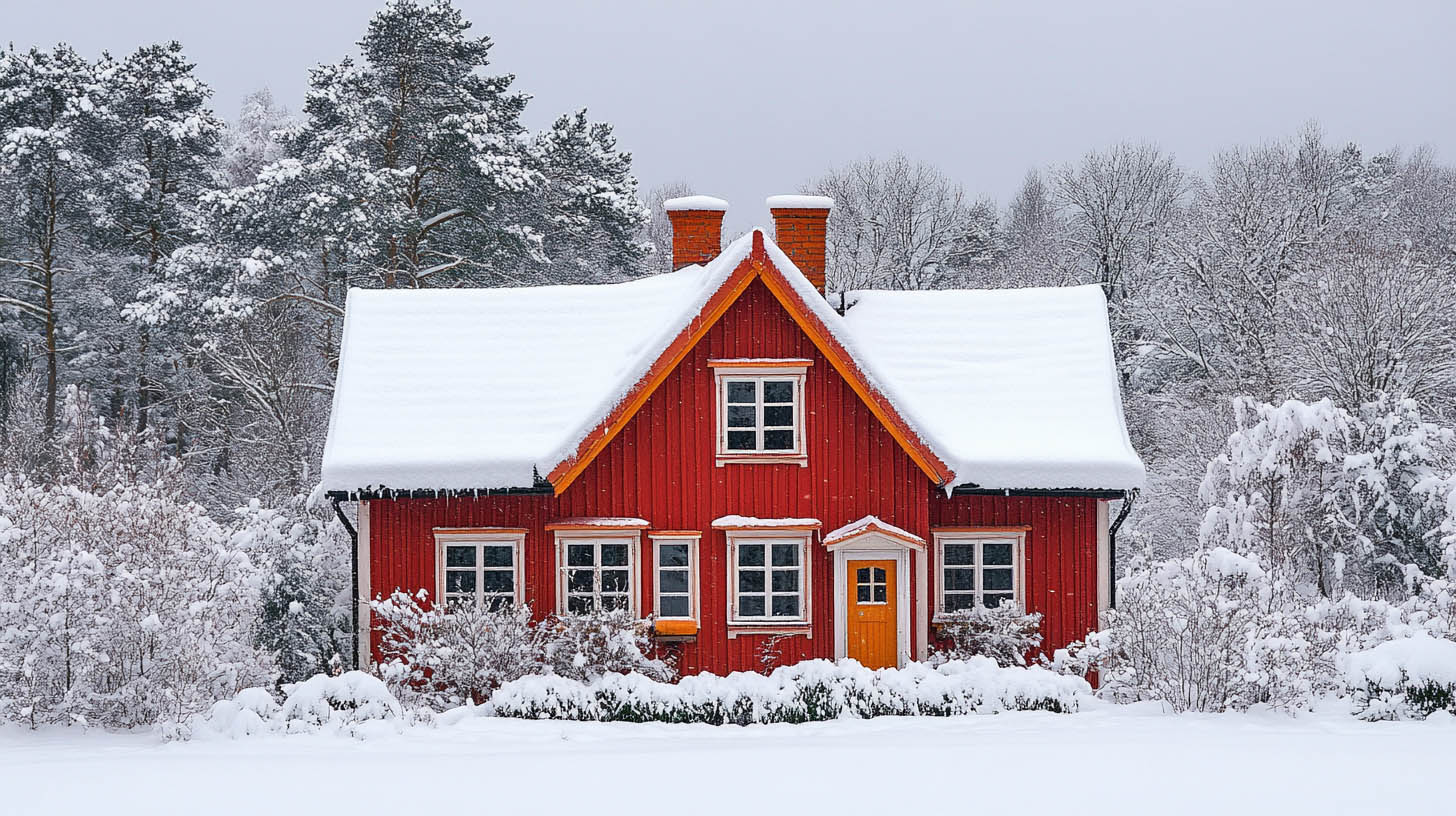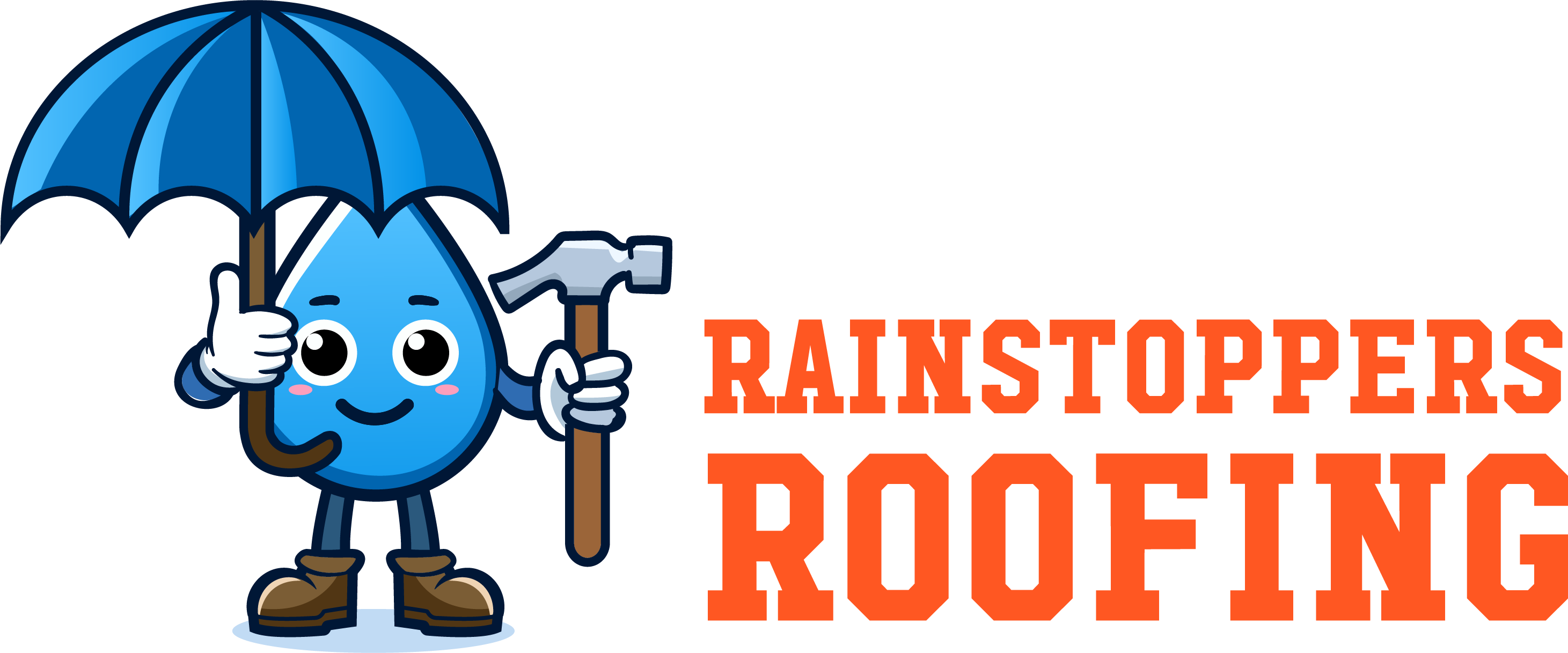
Winter roof leaks can cause extensive damage to a building’s structure due to the freeze-thaw cycle, ice dams, and excess snow weight. Ignoring these leaks can lead to costly repairs, safety hazards, and reduced roof lifespan. Rainstoppers Roofing in Charleston, WV, provides specialized services to help homeowners detect and address roof leaks before winter begins.
Key Winter Hazards for Roofs
1. Frozen Water Expansion
Water seeping into small roof cracks can freeze, expand, and widen these openings. The freeze-thaw cycle causes shingles and membranes to weaken, allowing water to infiltrate and damage the roof’s underlayers. Over time, this process compromises the roof’s waterproofing, leading to increased leakage.
2. Formation of Ice Dams
Ice dams form when melting snow runs down a roof and refreezes at the edges, creating a barrier that blocks additional runoff. This trapped water can back up under shingles, penetrating the roofing materials and causing leaks or water damage. Over time, the damage can extend to the attic, walls, and even the building’s foundation. To mitigate this issue, it’s crucial to maintain clean gutters that allow water to flow freely and to enhance attic insulation and ventilation. Proper insulation reduces heat escape from the home, preventing uneven snow melting and minimizing the risk of ice dam formation. Regular maintenance and proactive measures are key to safeguarding your roof during winter months.
3. Condensation and Poor Ventilation
Condensation within the attic can mimic leak symptoms. Insufficient insulation and poor ventilation trap moisture inside, creating frost buildup that can lead to mold and mildew growth. Proper attic ventilation minimizes moisture accumulation, preventing long-term damage to roofing materials and indoor air quality.
4. Impact of Heavy Snow Loads
Excessive snow weight on the roof can lead to structural stress and potential collapse in extreme cases. Accumulated snow may cause leaks as the weight puts pressure on weak areas. Removing snow periodically can help prevent structural damage and alleviate roof stress.
5. Risks of Winter Winds
Winter winds are more forceful than in other seasons and can dislodge or loosen shingles. Exposed or missing shingles provide entry points for moisture, increasing the likelihood of leaks. Regular inspections after wind events help identify and fix any missing shingles.
Conclusion
Winter roof leaks pose significant risks, including structural damage, increased repair costs, and safety hazards. By addressing leaks early and maintaining roof health, Rainstoppers Roofing helps Charleston residents protect their homes through the winter.
FAQs
- What causes ice dams on roofs?
- Ice dams form when melting snow refreezes at the roof’s edges, blocking water flow and creating leak risks.
- How does freezing water affect roof leaks?
- Frozen water expands within roof cracks, worsening leaks and damaging roof layers.
- Can heavy snow cause roof collapse?
- Yes, excessive snow loads can lead to structural stress or even collapse if not managed.
- Why does condensation lead to leaks in winter?
- Poor ventilation traps moisture, leading to frost buildup that mimics leak symptoms and causes mold growth.
- How can winter winds damage my roof?
- High winds can dislodge shingles, exposing the roof to water damage and increasing leak potential.
To learn more about best practices for commercial roofing maintenance, click here.
